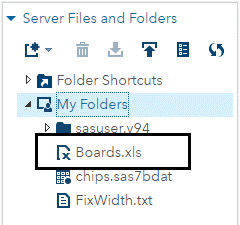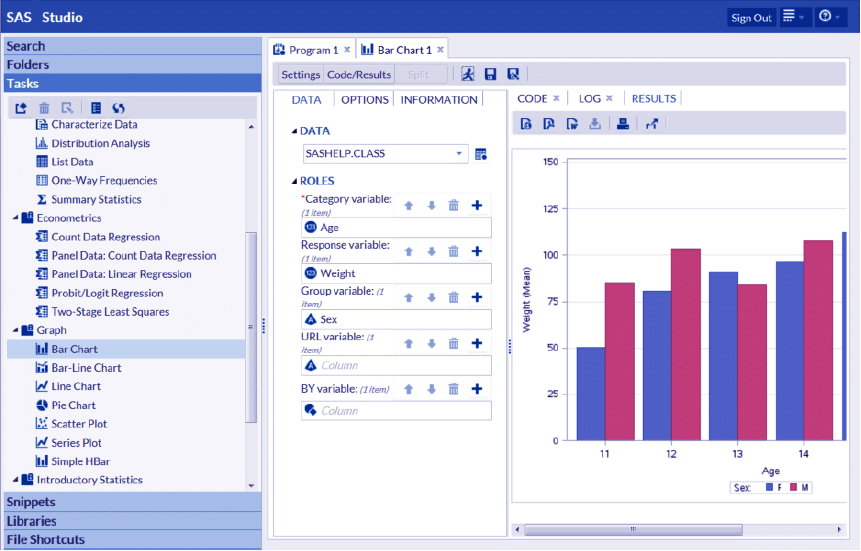
It manages routing, sessions, and HTTP requests.Ĭontinuing this Expressjs tutorial, let us look into some of the most notable features of Express.js. MEAN here stands for MongoDB, ExpressJS, AngularJS, and Node.js. MEAN software stack is the javascript technology that is a part of Express.js. One must be thoroughly educated on javascript and HTML to use Express.js.Įxpress.js majorly handles the backend part of the MEAN stack. On Express.js the user can build single-page, multi-page, and hybrid web applications.

It was initially managed by IBM, but now it is under the Node.js Foundation and many open source contributors.Įxpress.js requires just javascript, making it easier for the developers to program and build a web application without any hassle.

It provides a vast range of modules that are on npm and can be directly plugged into Express.ĭeveloped by TJ Holowaychuk, Express.js was released in May 2010. This web application is built over Node.js. Express.js provides you with flexible and upgraded tools. To build an application, numerous tools are required. This framework provides the user with a minimal interface to develop applications. Now let us explore further into the topic and get informed on the working of Express.js. In this article about Expressjs Tutorial, let us look at: This tutorial provides you with complete insight into Express.js along with all the fundamental information. The lightweight structure makes it popular along with the Node.js feature. Express.js (alternatively Expressjs) is a web application software that has a simple API to build websites, web apps and back ends.

Welcome to this comprehensive Expressjs tutorial.


 0 kommentar(er)
0 kommentar(er)
